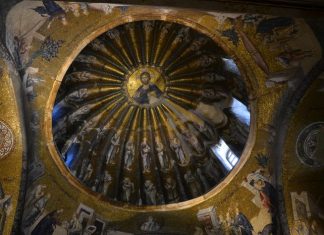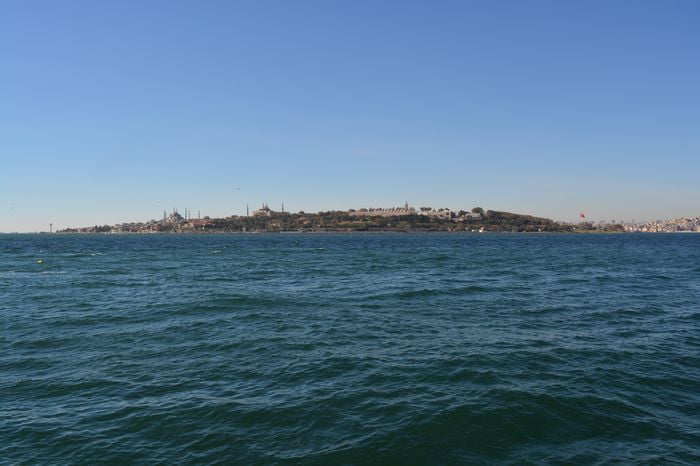Church of the Saints Sergius and Bacchus and the Armenian Patriarchate
A Testament to Byzantine Splendor
Situated on Kûfiik Ayasofya Avenue in Sultanahmet, the Church of the Saints Sergius and Bacchus, also known as the Little...
Unveiling Istanbul’s Christian Heritage
Silivrikapı Panagia Pege Church and the Ecumenical Patriarchate
Testament to Byzantine Faith
Silivrikapı Panagia Pege Church, erected between 457 and 474 under the reign of Emperor...
Exploring Christianity’s Legacy in Istanbul
Christianity played a significant role in the history of Istanbul, formerly known as Constantinople during the Byzantine Empire. As the official religion of the...
Accusations against the man
To my astonishment, he displayed extraordinary pleasure, and when I asked him why, he replied: ‘Because if you must know, I have heard many...
Exiles cannot share in such pleasures
They might have lost their hands or been mutilated in some other way. Instead, some of them were forcibly shaved and the rest condemned...
Abstain from physical violence
At the time when he was crowned, he made a vow to God that he would never inflict corporal punishment. It was a promise...









